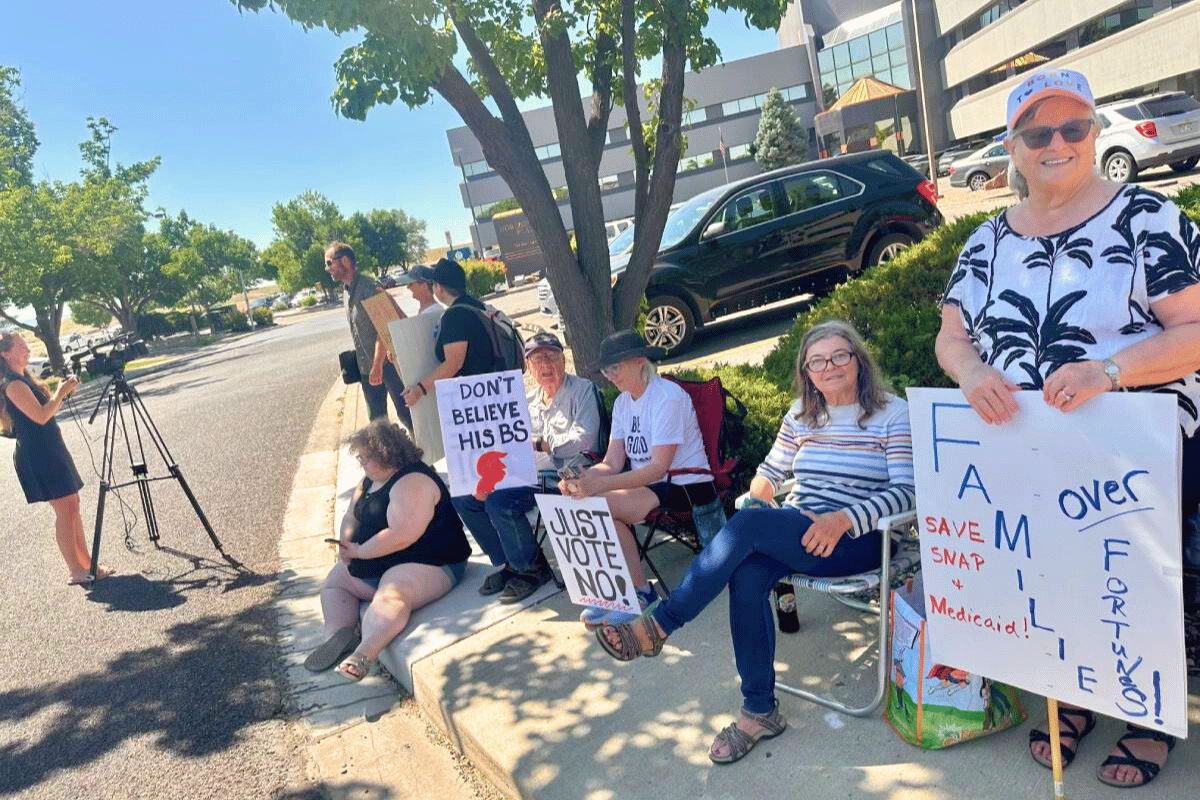

A healthy life requires much more than access to quality healthcare.
That's the main point researchers from the Robert Wood Johnson Foundation and Virginia Commonwealth University are trying to drive home with a new dataset released Wednesday. The researchers mapped Denver's neighborhoods by life expectancy -- a metric that accounts for race, infant mortality, income, and a variety of other indicators in addition to access to healthcare.
When we map the data, below, it reveals a city divided by sizable disparities.
Denver's widest gap -- 11 years between Globeville's 73 and Washington Park's 84 -- is in line with other U.S. cities, said Derek Chapman, an associate professor for VCU's division of epidemiology. He said the research is aimed at starting conversations among local health officials and community organizations.
“Even something as simple as sidewalks can relate to health. So exercise in some communities may be limited by lack of sidewalks in parks or safety concerns in high-crime areas," he told CPR News' Rachel Estabrook. "What people don’t often understand is that these neighborhood conditions can influence health just as strongly.”
So do neighborhoods cause people to become unhealthy, or do unhealthy people move to certain neighborhoods? That's a tough question -- Chapman said the data can't prove causality.
Rather, Chapman said, he hopes the data will cause local officials to consider all of the factors that can effect health. Denver is already moving in that direction. Last year, a health impact assessment of the Globeville and Elyria Swansea neighborhoods showed that residents living near an elevated stretch of Interstate 70 there face asthma rates much higher than the rest of the city. The state and city are working on a plan that could move the freeway below grade.
The city says such health impact assessments are now standard practice.








